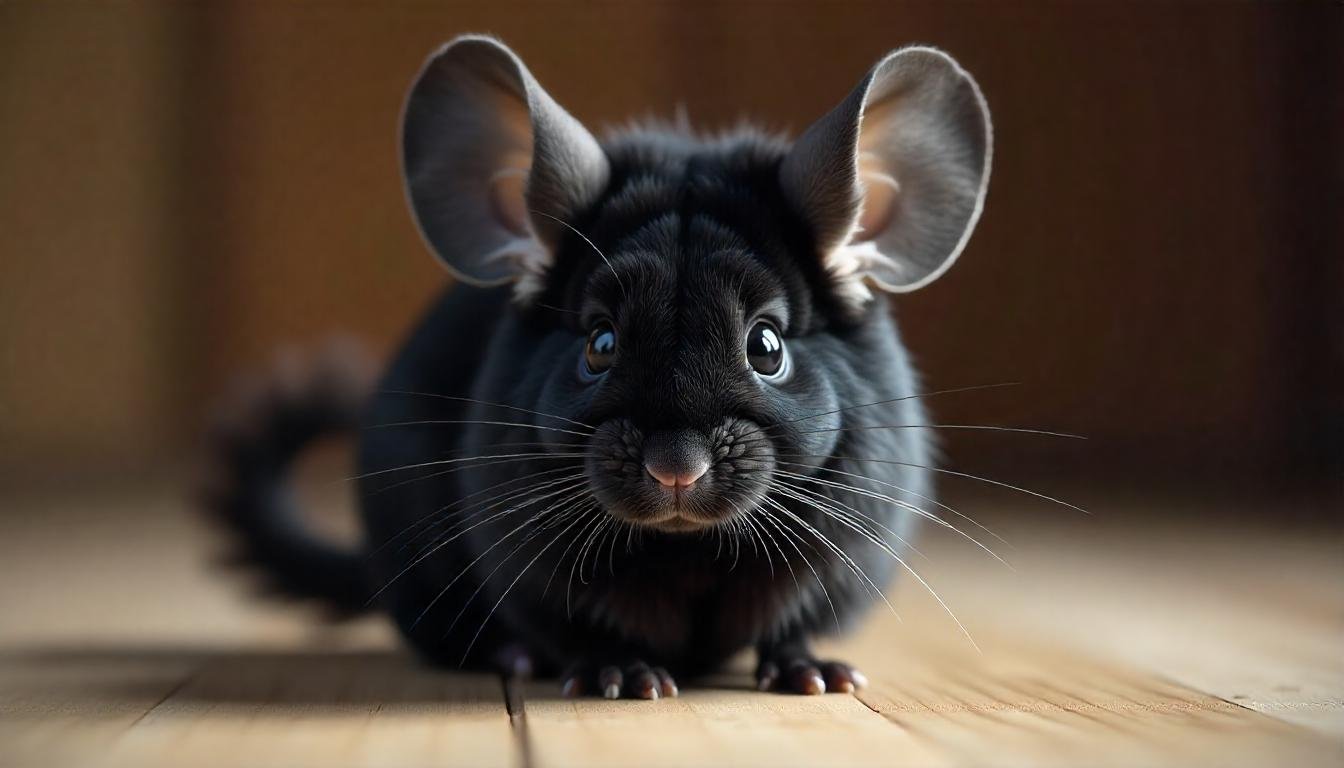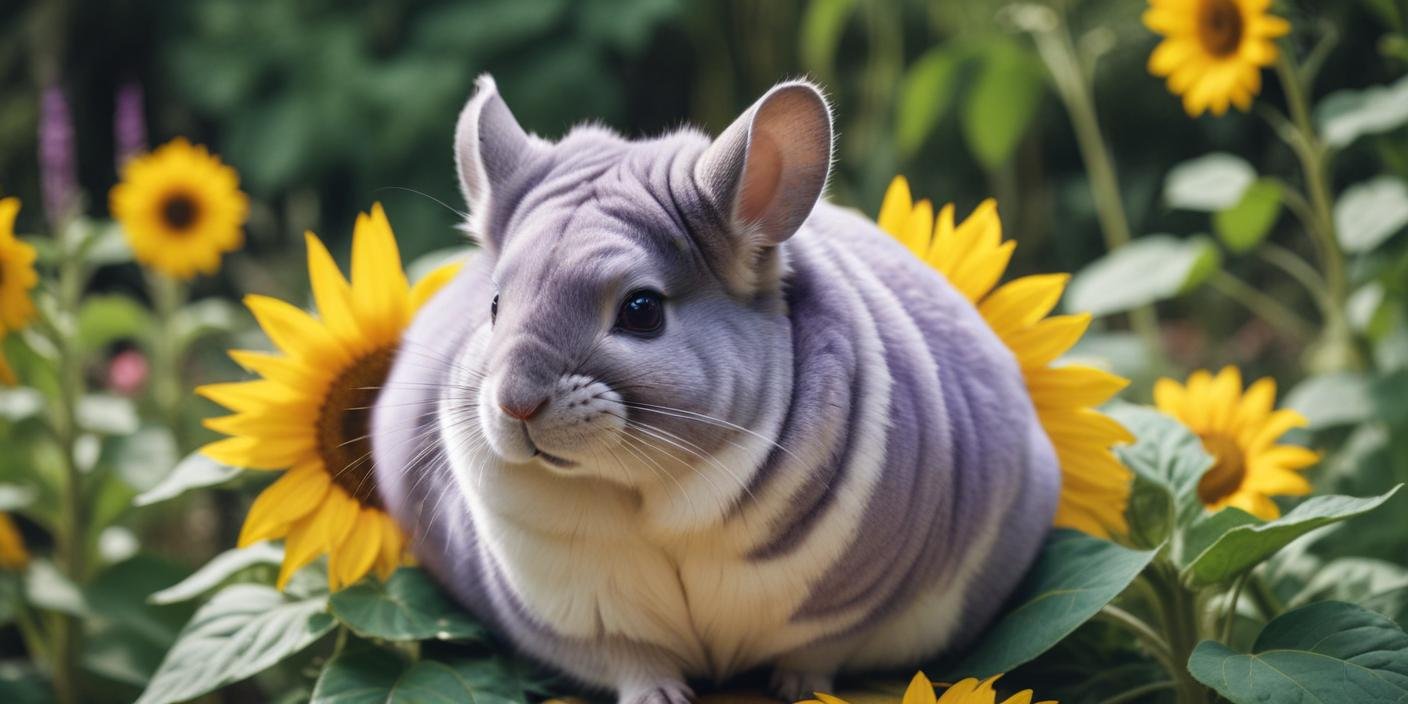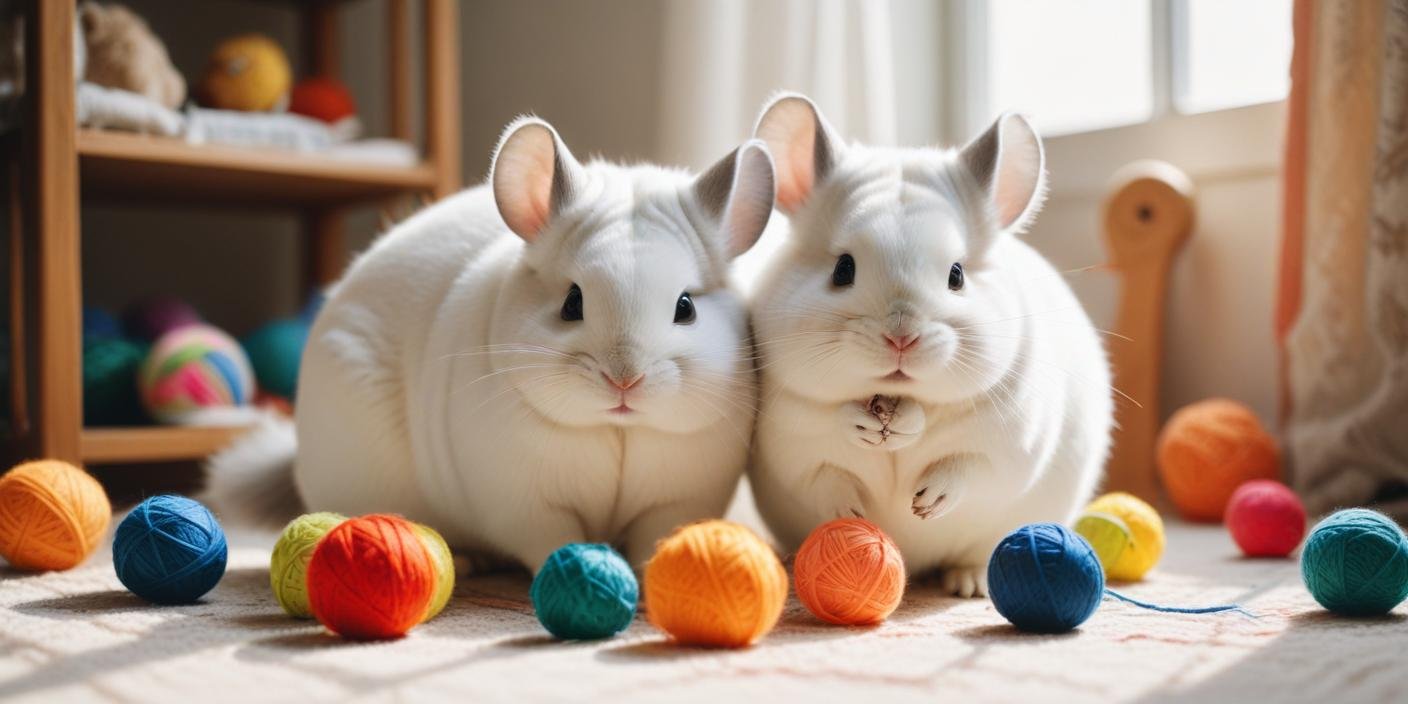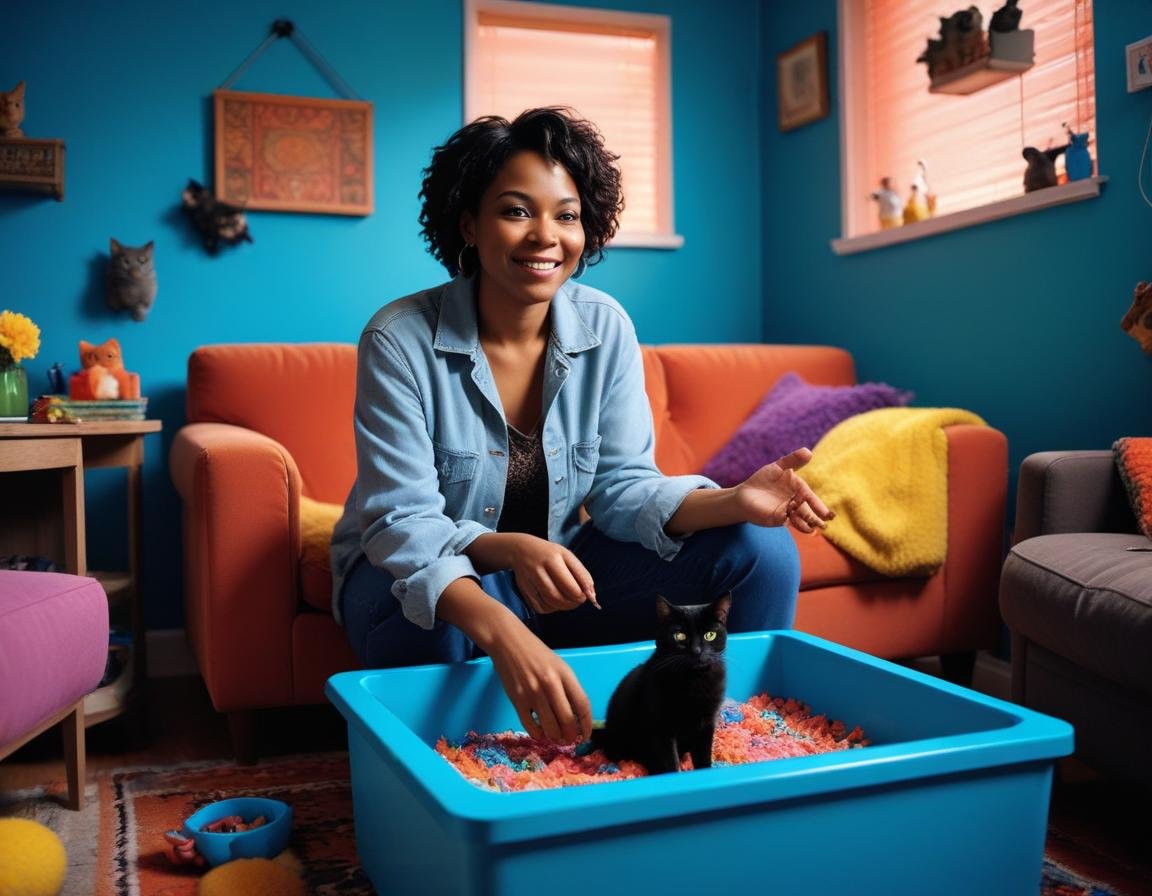Chinchillas, renowned for their luxurious fur and captivating personalities, come in a diverse array of colors that are a testament to their genetic complexity. Understanding these variations enhances our appreciation of these adorable creatures and is essential for breeders, pet owners, and enthusiasts who wish to make informed choices. This guide delves deep into chinchilla colors, exploring their origins, genetics, and care requirements.
What Determines Chinchilla Colors?
Chinchilla fur color is the result of genetic traits passed down through generations. These traits are determined by the combination of dominant and recessive genes that dictate pigmentation. Breeding practices and genetic combinations create a spectrum of hues, ranging from natural gray to rare and exotic colors like sapphire and violet. The three primary color bases are standard gray, beige, and white, from which other unique variations arise.
Standard Gray: The Foundation of All Colors

The standard gray chinchilla is the archetype of the species and the foundation for most other color variations. This natural color mirrors their wild counterparts in the Andes Mountains.
- Description: Standard gray chinchillas have a dark gray back that fades into lighter shades along their sides, with a bright white or off-white belly. Their eyes are dark, and their ears are often slate-gray.
- Genetics: Standard gray is a dominant gene, meaning that it will typically appear in offspring even if only one parent carries the trait. It serves as the basis for many other color mutations when paired with recessive genes.
- Care Considerations: This coat type is relatively low-maintenance. Regular dust baths are essential to maintain the fur’s silky texture and prevent oil buildup.
Beige Variations: Warm and Inviting Shades

Beige chinchillas exhibit stunning hues that range from light tan to pastel cream. These warm tones are highly sought after by chinchilla enthusiasts.
- Description: Beige chinchillas have soft, sandy-colored coats with lighter undersides. Depending on the genetic variation, their eyes can vary from ruby red to dark red.
- Genetics: The beige gene is dominant but requires careful breeding to avoid health complications.
- Notable Variations:
- Heterozygous Beige: These chinchillas have lighter coats with pinkish undertones. The presence of only one beige gene results in a softer, more muted coloration.
- Homozygous Beige: These individuals have darker, richer beige fur due to the inheritance of two beige genes. Their coats may exhibit a velvety texture.
- Care Considerations: Beige fur can stain easily, so maintaining a clean environment and providing regular dust baths is crucial.
White Chinchillas: Elegance in Diversity

White chinchillas are captivating due to their pristine appearance and wide variety of patterns. This color category includes several unique subtypes.
- Description: White chinchillas may appear completely white or display patterns like marbling or spotting. Common subtypes include:
- Mosaic White: A mix of white and gray fur in irregular patches, creating a marbled effect.
- Silver Mosaic: Similar to mosaic white but with a more pronounced silver tone.
- Pink White: Characterized by a soft pinkish hue that gives the coat a delicate, warm glow.
- Genetics: White is a dominant gene, but breeding two white chinchillas can lead to a lethal genetic outcome. Responsible breeding practices are critical.
- Care Considerations: Their light-colored fur shows dirt more readily, necessitating frequent dust baths and a consistently clean habitat.
Ebony Chinchillas: The Depth of Darkness

Ebony chinchillas are defined by their rich, uniform coloration, ranging from dark gray to deep black. These striking coats make them a favorite among collectors.
- Description: Ebony chinchillas lack the characteristic light underside of standard gray chinchillas. Their coats are solid, creating a bold and velvety appearance.
- Genetics: Ebony is a recessive gene, so both parents must carry the trait to produce ebony offspring.
- Notable Variations:
- Light Ebony: Exhibits a smoky gray color with a slightly lighter tone.
- Dark Ebony: Features a near-black coat that is exceptionally luxurious.
- Care Considerations: While their dark coats are less prone to visible staining, regular grooming is vital to prevent matting and maintain the coat’s sheen.
Violet Chinchillas: A Unique and Regal Hue

Violet chinchillas are one of the rarest and most desirable color variations. Their silvery-purple tones give them a distinctive, ethereal appearance.
- Description: Violet chinchillas feature soft, lavender-gray fur with subtle purple highlights. Their eyes are usually dark, providing a striking contrast.
- Genetics: Violet is a recessive trait, meaning that both parents must carry the violet gene to produce violet offspring. This makes them a rarity in the chinchilla world.
- Care Considerations: Violet coats are delicate and require extra attention. Dust baths every other day help maintain their softness and prevent fur damage.
Sapphire Chinchillas: Cool and Ethereal

Sapphire chinchillas boast a pale blue-gray coat with a soft silvery sheen, making them another highly sought-after variation.
- Description: Their fur has a cool, ethereal quality, often described as shimmering under the light. Sapphire chinchillas are also known for their calm temperament.
- Genetics: Sapphire is a recessive gene, similar to violet. Breeding requires both parents to carry the gene, and careful pairings are essential to preserve the trait.
- Care Considerations: These chinchillas are highly sensitive to heat and require a stable, cool environment to thrive.
Brown Velvet and Black Velvet: Royalty Among Chinchillas

These velvet varieties add an element of regal beauty to the chinchilla world.
- Brown Velvet:
- Description: This variety features a chocolate-toned coat with darker shading along the spine and lighter undersides.
- Genetics: The brown velvet trait arises from a combination of dominant and recessive genes, making it a somewhat rare mutation.
- Black Velvet:
- Description: Known for their sleek, black coats and contrasting lighter undersides, black velvet chinchillas exude elegance.
- Genetics: Black velvet is a dominant mutation, and breeding must be carefully managed to ensure healthy offspring.
You Can also read about
How Much Does a Chinchilla Cost?
Caring for Chinchillas Across All Colors
Regardless of their color, chinchillas share common care needs that ensure their health and the vibrancy of their coats:
- Diet: A high-quality diet of hay, pellets, and fresh water supports healthy fur growth and overall well-being.
- Environment: Chinchillas thrive in temperatures between 60–70°F with low humidity. Ensure their habitat is well-ventilated but free from drafts.
- Dust Baths: Regular dust baths (2–3 times per week) are essential for maintaining the softness and cleanliness of their fur.
- Grooming: Routine grooming helps prevent matting, particularly in long-haired varieties.
- Stress Management: Provide a calm environment to reduce stress, which can negatively affect their coat and health.
Conclusion
Chinchillas are extraordinary creatures, and their diverse range of colors only adds to their charm. Whether you are drawn to the classic elegance of standard gray, the exotic allure of sapphire and violet, or the unique patterns of mosaic whites, understanding their genetics and care requirements is essential. Use this guide to explore the captivating world of chinchilla colors and ensure these beautiful animals thrive under your care.
FAQs
What is the rarest chinchilla color?
Violet and sapphire chinchillas are considered among the rarest colors due to their recessive genetic traits and specific breeding requirements.
Can two white chinchillas be bred together?
Breeding two white chinchillas is discouraged as it can lead to a lethal genetic mutation, often referred to as the “lethal white” gene.
How often should chinchillas have dust baths?
Chinchillas should have dust baths 2–3 times per week to maintain their fur’s cleanliness and texture.
Do chinchilla colors affect their behavior?
No, a chinchilla’s color does not influence its behavior. Temperament is more influenced by individual personality and upbringing.
Are darker chinchillas harder to groom?
Not necessarily. While darker coats may show less visible dirt, regular grooming and dust baths are equally important for all chinchillas, regardless of color.
What is the lifespan of a chinchilla?
Chinchillas typically live 10–15 years, but with excellent care, some can live up to 20 years.
Can chinchilla fur colors change over time?
While chinchilla fur generally remains consistent, slight changes in shade can occur due to age, diet, or environmental factors.




